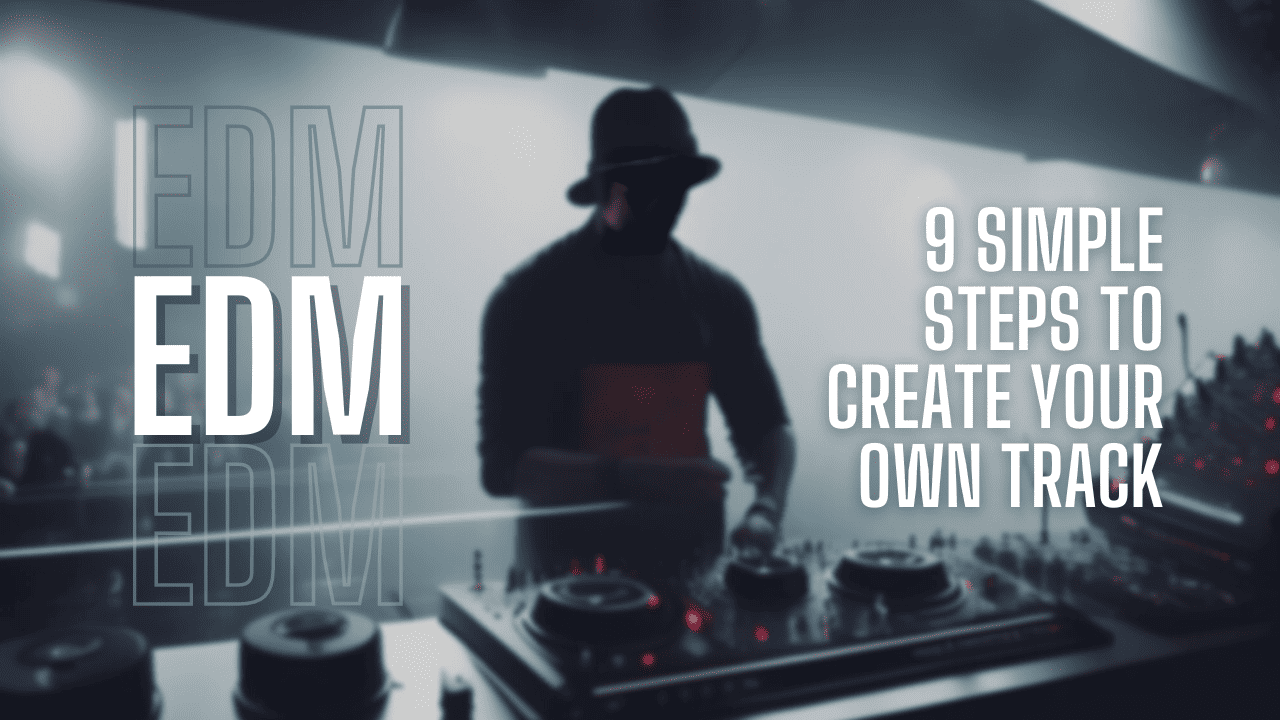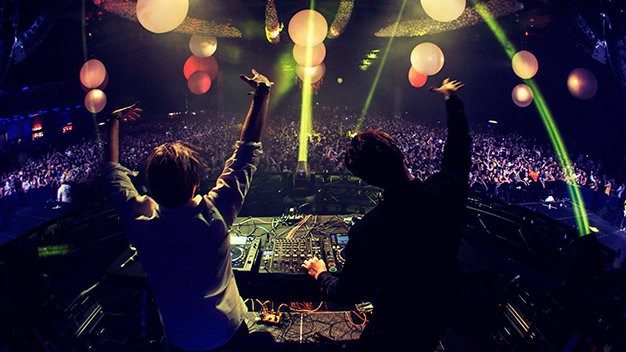Making an EDM track may seem daunting, but it’s actually quite simple. The key to learning how to make EDM is to start writing a track and get inspired. To create your first EDM track, all you need is a spark of inspiration and a basic understanding of the songwriting and music production process. If you’re a beginner, don’t worry – you don’t need extensive knowledge of music theory or production techniques. By following some essential principles for songwriting, mixing, music production, and sound design, you’ll have all the tools you need to create your own EDM track. So, let’s jump right in and start your own journey!
How to Create an EDM Track in 9 Simple Steps
Ready to make your own EDM track? The first step is to ensure you have the right tools. To produce EDM, you’ll need access to audio production software on a laptop or computer. Make sure your system can handle it!
You’ll also need a few key items, such as a digital audio workstation (DAW), synth plugins, quality samples, and mixing tools. If you’re not comfortable playing the keyboard, don’t worry! You can enter notes directly into the MIDI roll of your DAW.
To create an EDM track, popular DAW options like Logic, FL Studio, and Ableton Live are user-friendly and can help you start quickly. With these basics in mind, you’re ready to dive in and start making music.
1. Let’s Start with the Drums
Creating an EDM track can be daunting, but don’t worry, we’ve got you covered! The drum beat is a great place to start, and luckily for us, EDM drums are pretty simple. The kicks and snares are big and bold, with a four-on-the-floor quarter note kick pattern being the most common.
EDM snares tend to double up with the quarter note kick or play faster eight and sixteenth-note sub-divisions as the track builds up to a drop section. In some cases, the snare and kick will switch to a half-time feel, especially in dubstep-influenced contexts.
The hi-hats and crashes are also important in EDM and are used sparingly to build or release tension towards or during a drop section.
Remember, it’s not just the rhythms that matter, but also the arrangement, sound design, and sample selection. Start with a drum loop or a drum MIDI pattern, and you’ll have a solid foundation on which to build your melodic ideas.
2. Let’s Create a Bassline
The bassline is crucial in EDM, as it determines your track’s chord progression. Start by setting up your MIDI roll, keyboard, or controller to a minor scale pattern and let the ideas flow! You can add chord tone embellishments and rhythmic ostinatos to enhance your bassline.
Once you’ve come up with a catchy bassline, edit it to loop nicely every 16 bars. If you’re not feeling confident about creating your own bassline, don’t worry! You can always look for bass loop samples or bass MIDI patterns as sources of inspiration.
3. Let’s Add some Chords
Starting with a chord progression is a fantastic way to get ideas for melodies, but it’s generally easier to write chords to a bassline. Once you’ve got a bassline idea recorded in your DAW’s MIDI roll, try to find a central key and use that as a foundation for your chords.
From there, work out the chord changes by listening to where the melody wants to go harmonically. To make your chords more interesting, experiment with adding extensions or playing around with pedal tones. Don’t be afraid to get creative with your MIDI roll. Remember, if it sounds good to you, then it’s good!
4. Time to Write a Melody
Writing a melody can be a challenge, and it may take years of practice to master it, even if you have natural talent. Fortunately, there are several tools available to help you learn how to write catchy melodies that grab the listener’s attention.
Start by learning your major and minor scales, and then move on to modal scale knowledge to up your game. Great songwriters also use the voice memo function on their phones to record melody line ideas whenever inspiration strikes. Knowing your scales will help you quickly identify melodies and apply them to a chord progression or key, as well as recognize how other producers created their melodies faster.
5. Arranging build-ups, drops and peaks
Let’s explore how to arrange an EDM song now.
In many cases, EDM songs start with a minimal intro that gradually builds up to a fuller A section. Producers often keep building their tracks towards a drop section, where much of the drums, keys, and bass cut out, leaving the listener feeling momentarily suspended. During the drop section, producers may use sparse percussion or a vocal sample to build anticipation for bringing back a full, highly danceable beat as part of section B.
An EDM track can have multiple sections riffing on different ideas around the main melody line, with various and dancier sections for the main chorus. For example, a typical EDM song structure could be: intro – A section – build-up – drop – B section – build-up – drop – C section – outro. As you create your track, keep the arrangement in mind as you find and develop ideas for different sections.
The last steps are mentioned in the next part, let’s not miss it!



